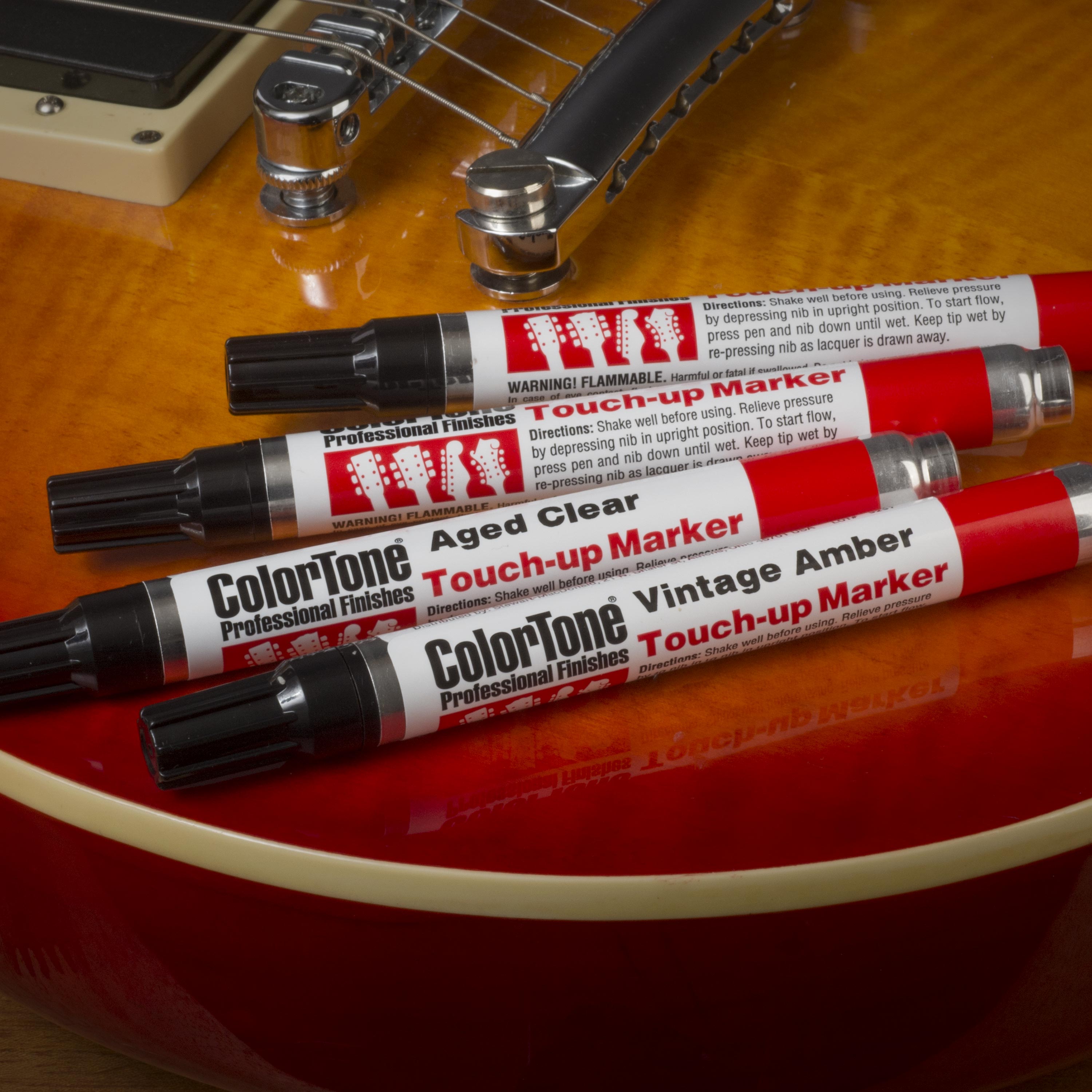Mamie Minch: Melting scratches off a vintage guitar finish
Issue 280 February 23, 2017
StewMac visited Mamie Minch and Chloe Swantner at Brooklyn Lutherie. Mamie shared this great tip for making scratches disappear, while renowned guitar photographer John Peden shot closeup photos.
- Why scratches in vintage finishes have an amber color
- New way to use lacquer retarder
- A visit to the Brooklyn Lutherie shop
Video Transcription
[on-screen text reads: Mamie Minch, Brooklyn Lutherie. Melt scratches off your guitar]
Why do scratches in vintage finishes have an amber color?
Mamie Minch: Hi, I'm Mamie Minch from Brooklyn Lutherie, and what I wanted to show you guys today is a pretty good way to lessen the appearance of scratches or dings on an older guitar that's finished with nitrocellulose lacquer. And I guess we need to think about why those dings and scratches are so visible? And it's not because they tend to look like a lighter amber color, it's not because there's some amber smeared on the guitar. It's not because that's the color of the wood under the finish. It's because when the finish gets scratched or dinged, agitated, it cracks a little bit. And so when you have a long scratch, there's a bunch of these little kind of micro cracks and each one of those fissures refracts light, and they're ambery because nitro is ambery.
New way to use lacquer retarder
So what we're going to do is use Lacquer Retarder, or N-Butnyl, to melt just the surface of all those little tiny cracks back together and so that then you have one substance, one layer of nitro. And it works quite well. Those little fissures just wick the liquid in like a capillary action and does a pretty good job of disappearing old scratches. So I'm going to show you all how that's done using a little tiny brush and some lacquer retarder.
Here I come. Just going to touch it on there. Then it starts disappearing. It's a pretty good trick. Vintage dealers know it. So now I'm really going to focus on this long scrape right here. It's pretty long. It's that ambery color. So let's see if we can get that to come out.
Just a word to the wise, lacquer retarder is a solvent. It's pretty powerful. So you do want to make sure that you're using it in a well-ventilated area and that you don't stick it up close to your face and huff it or drink it.
Wow, that's really working. It really works. I told the truth.
So when I drop in the solvent, it'll right away wick in and we'll see what it's done. Usually works pretty well, but we'll see what we have right away. Then you'd want to wait long enough for that to re-dry. Because it really is a solvent, it's going to soften the lacquer and that's all there is to it.




